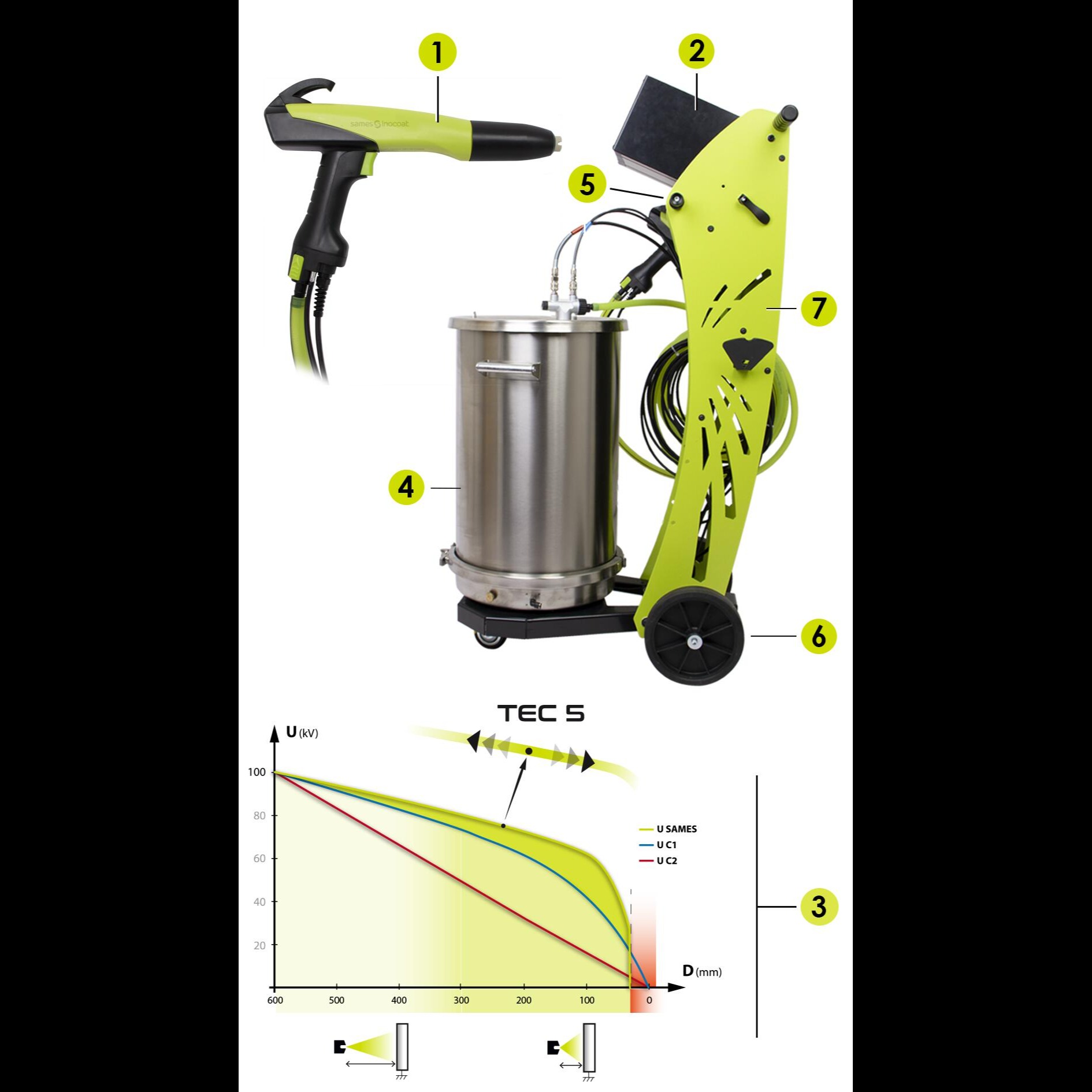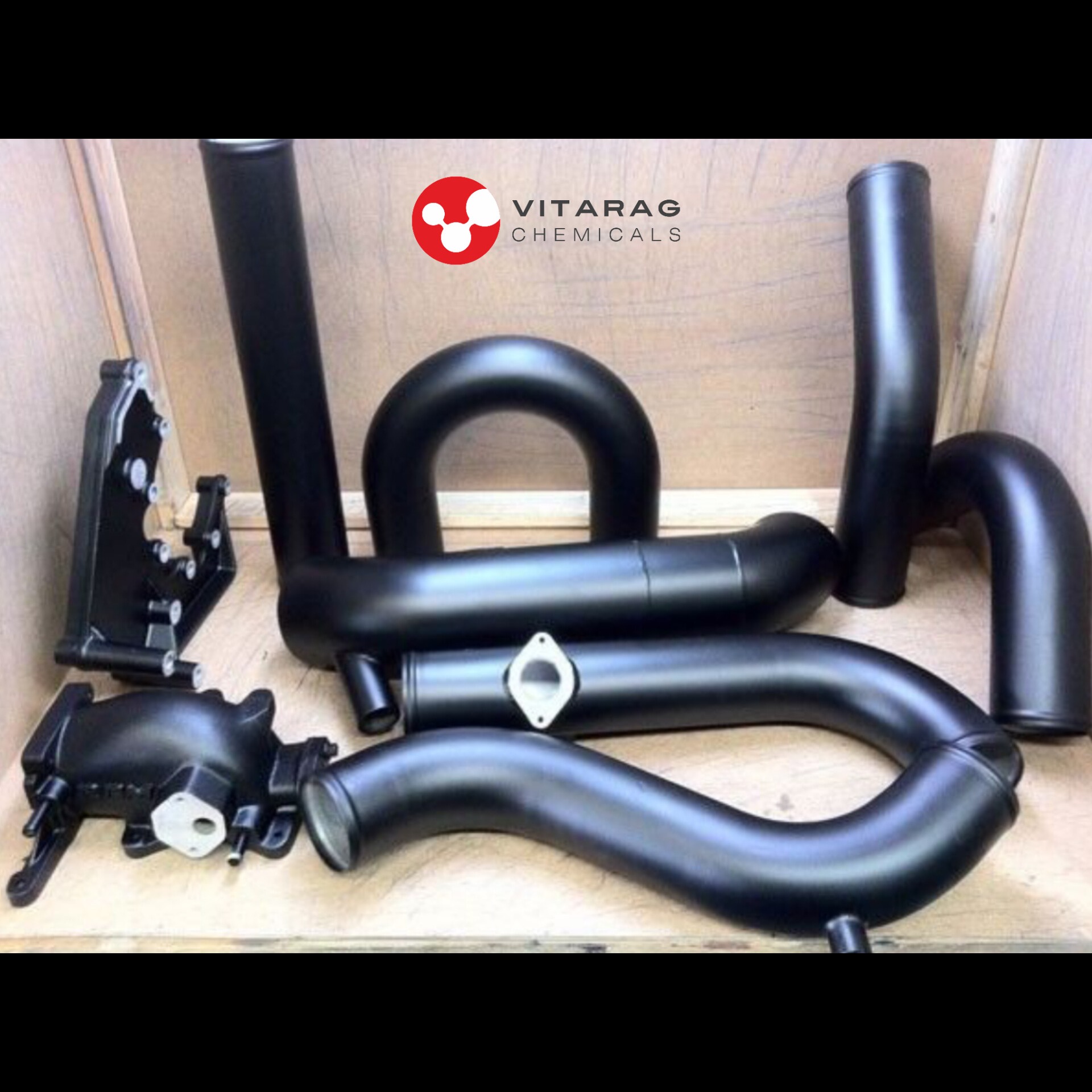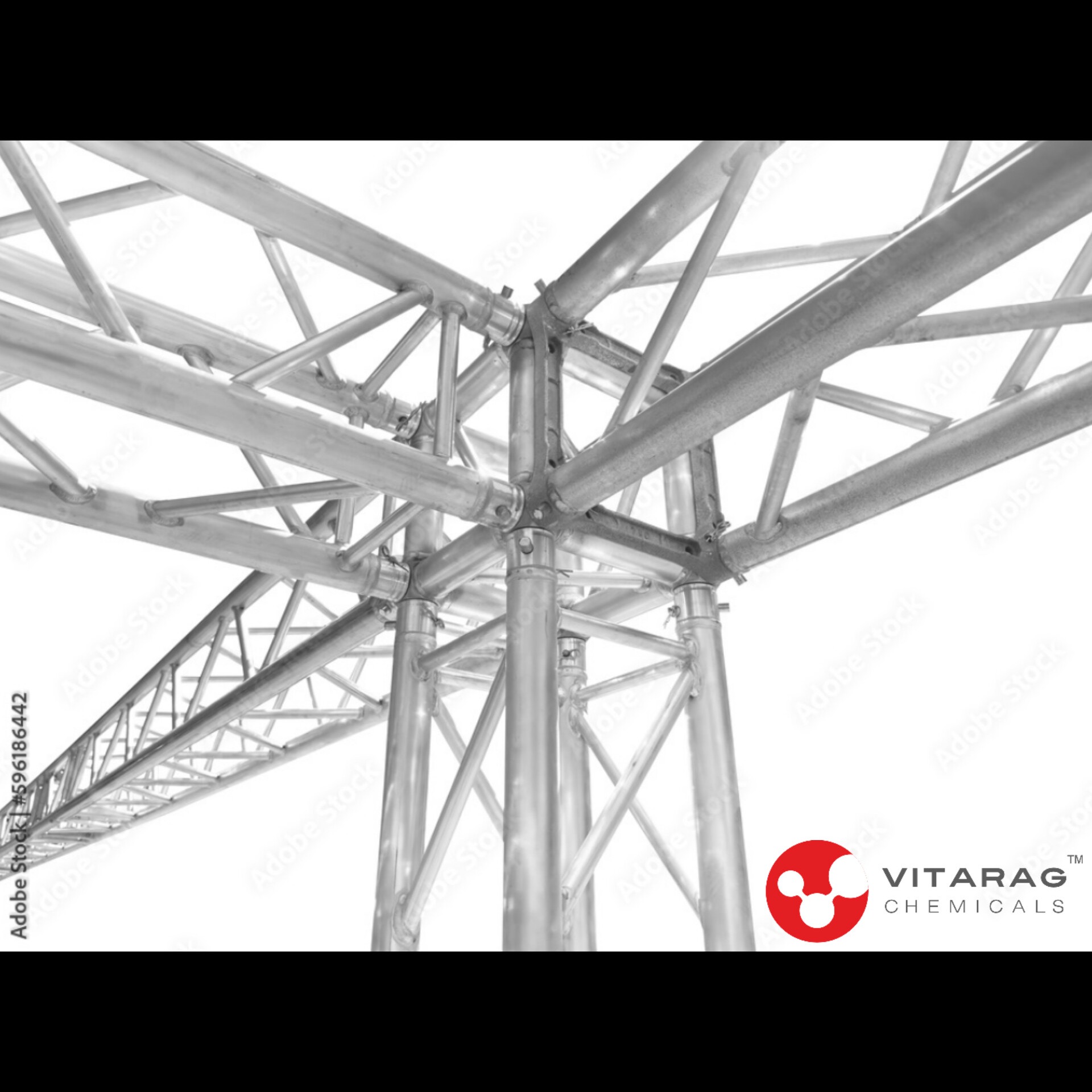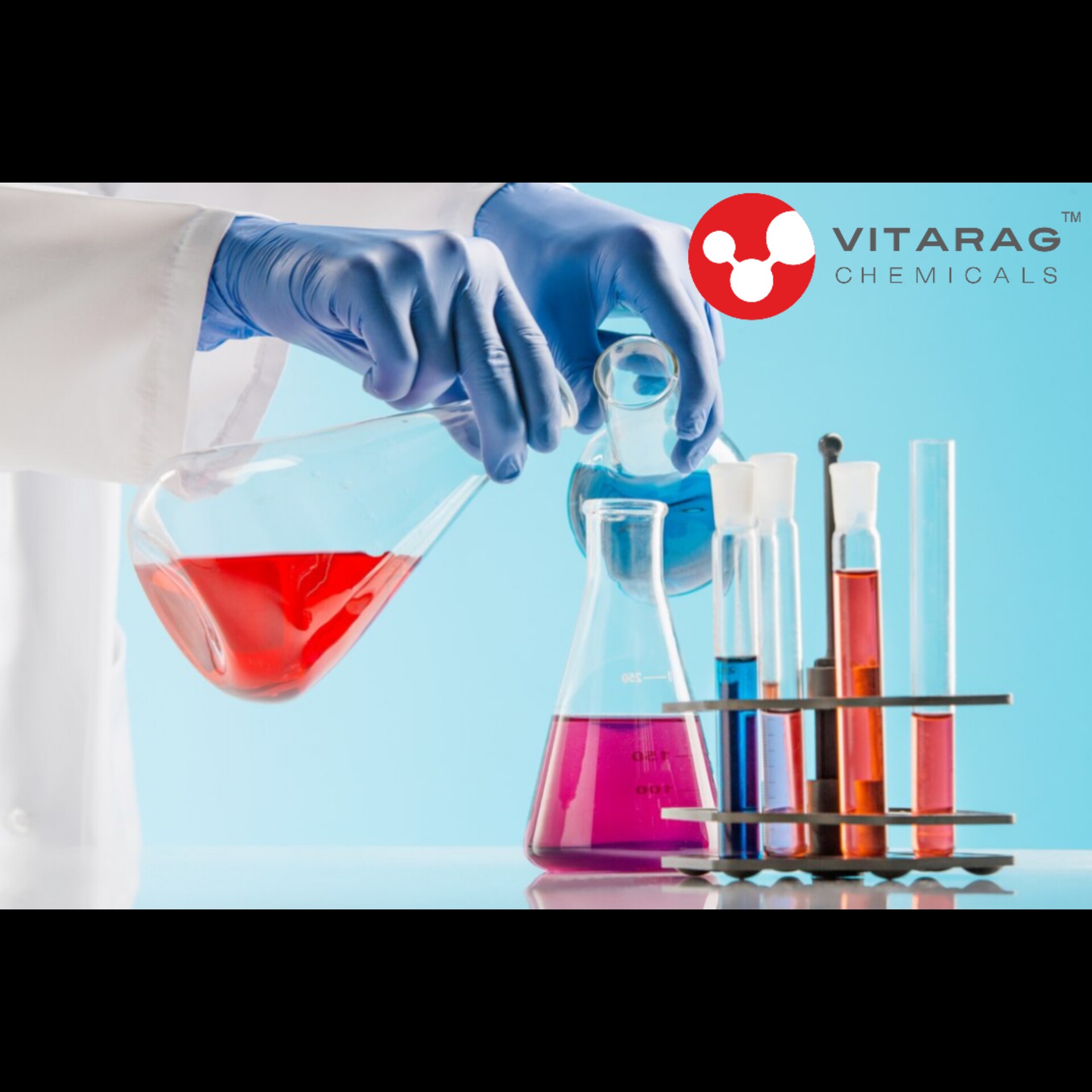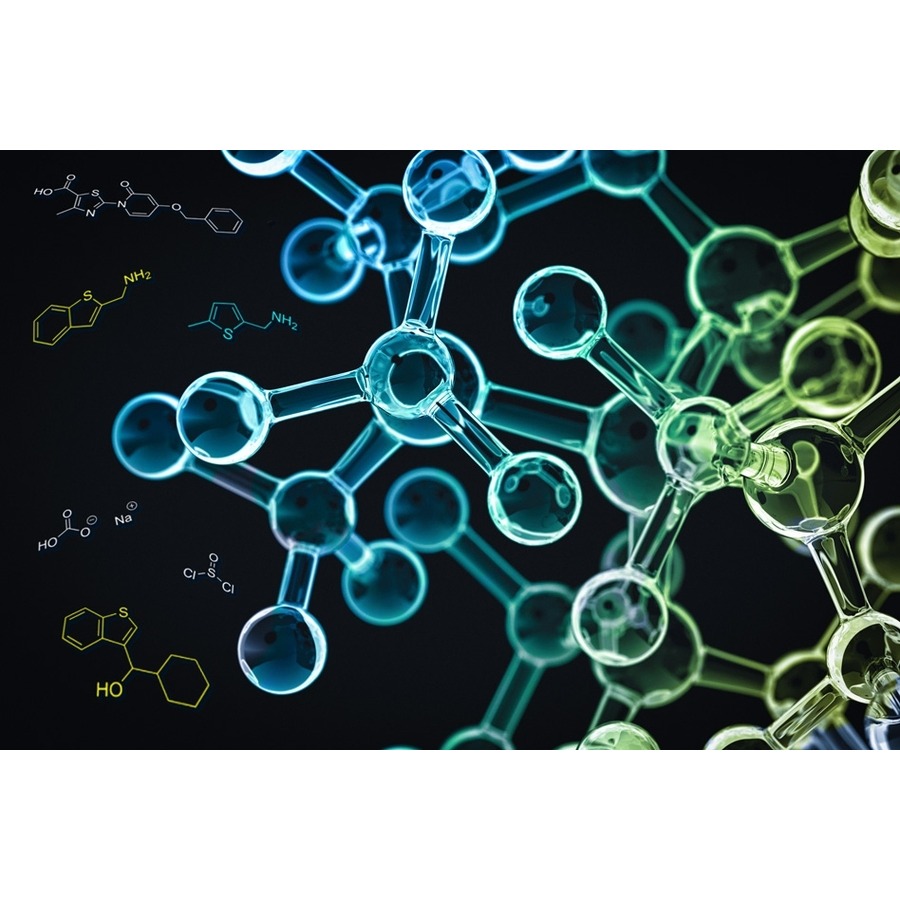
ZNP -54 PHOSPHATING
- Steps in the Phosphating Process
1. Surface Preparation:
. Cleaning: The metal surface must be free of oils, greases, dirt, and other contaminants. This is usually achieved through alkaline cleaning, solvent cleaning, or vapor degreasing.
. Rinsing: After cleaning, the parts are thoroughly rinsed to remove any remaining cleaning agents
2. Pickling (if required):
. Acid Treatment: Sometimes, a pickling step using an acid solution (often sulfuric or hydrochloric acid) is used to remove rust or scale from the surface.
. Rinsing: Another rinse is performed after pickling.
3. Phosphating:
. Immersion or Spraying: The metal parts are either immersed in or sprayed with the ZNP-54 phosphating solution. The solution contains phosphate ions, and possibly additional agents like accelerators and stabilizers.
. Reaction: The phosphating solution reacts with the metal surface, forming a layer of insoluble crystalline phosphate.
4. Rinsing:
. A post-phosphating rinse is done to remove any unreacted chemicals and residues from the surface.
5. Neutralization or Passivation:
. Sometimes a final rinse with a dilute solution of chromic acid or other passivating agents is used to further enhance corrosion resistance.
6. Drying:
. The parts are dried thoroughly to prevent rust formation on the freshly phosphated surface.
Keywords
5.
1.
oils
dirt
scale
Steps
layer
Drying
greases
Rinsing
sulfuric
Spraying
Reaction
residues
Immersion
stabilizers
metal parts
final rinse
Passivation
accelerators
chromic acid
pickling step
metal surface
acid solution
Neutralization
phosphate ions
Acid Treatment
rust formation
dilute solution
solvent cleaning
vapor degreasing
additional agents
hydrochloric acid
alkaline cleaning
other contaminants
Surface Preparation
Phosphating Process
unreacted chemicals
corrosion resistance
post-phosphating rinse
other passivating agents
remaining cleaning agents
ZNP-54 phosphating solution
insoluble crystalline phosphate

